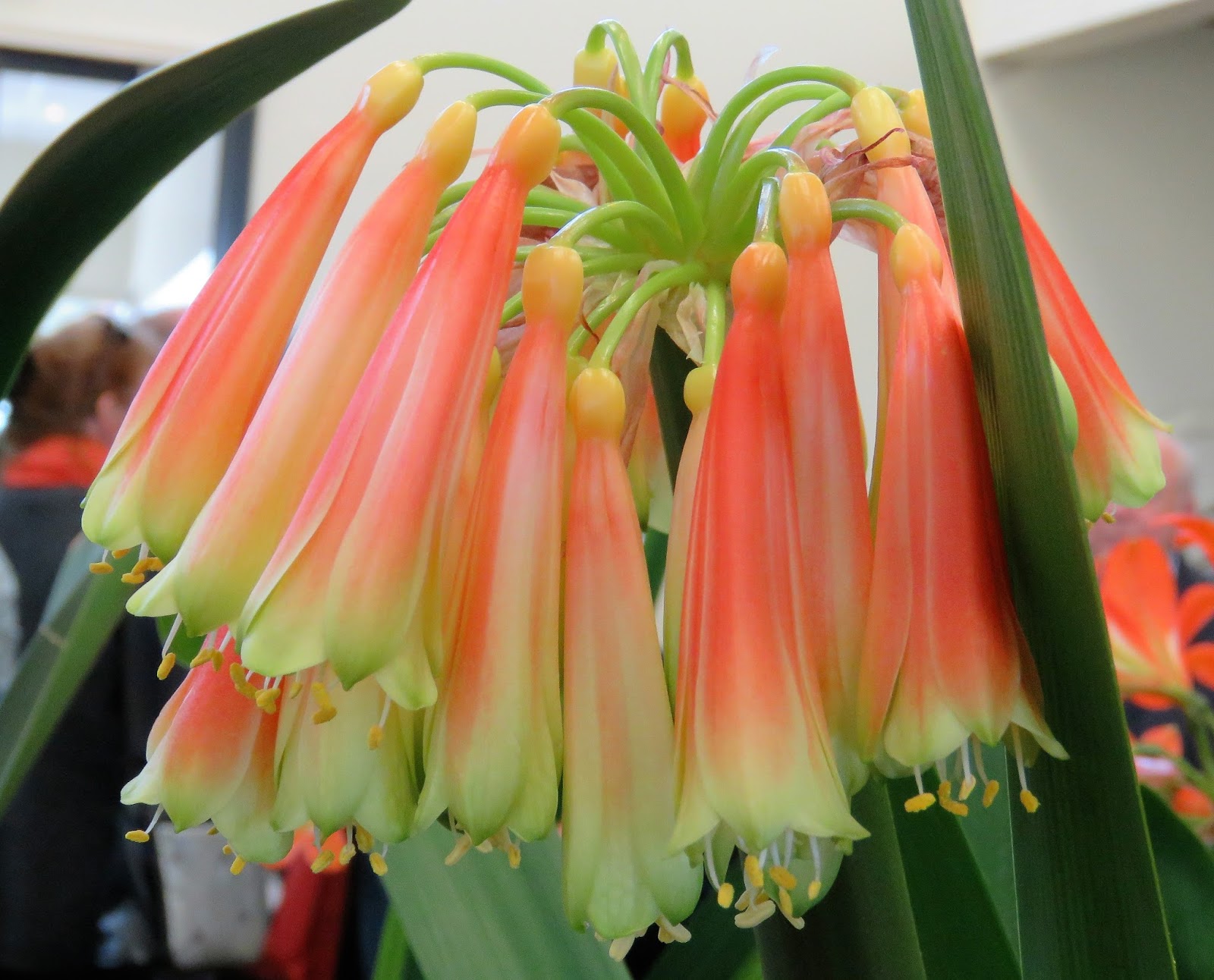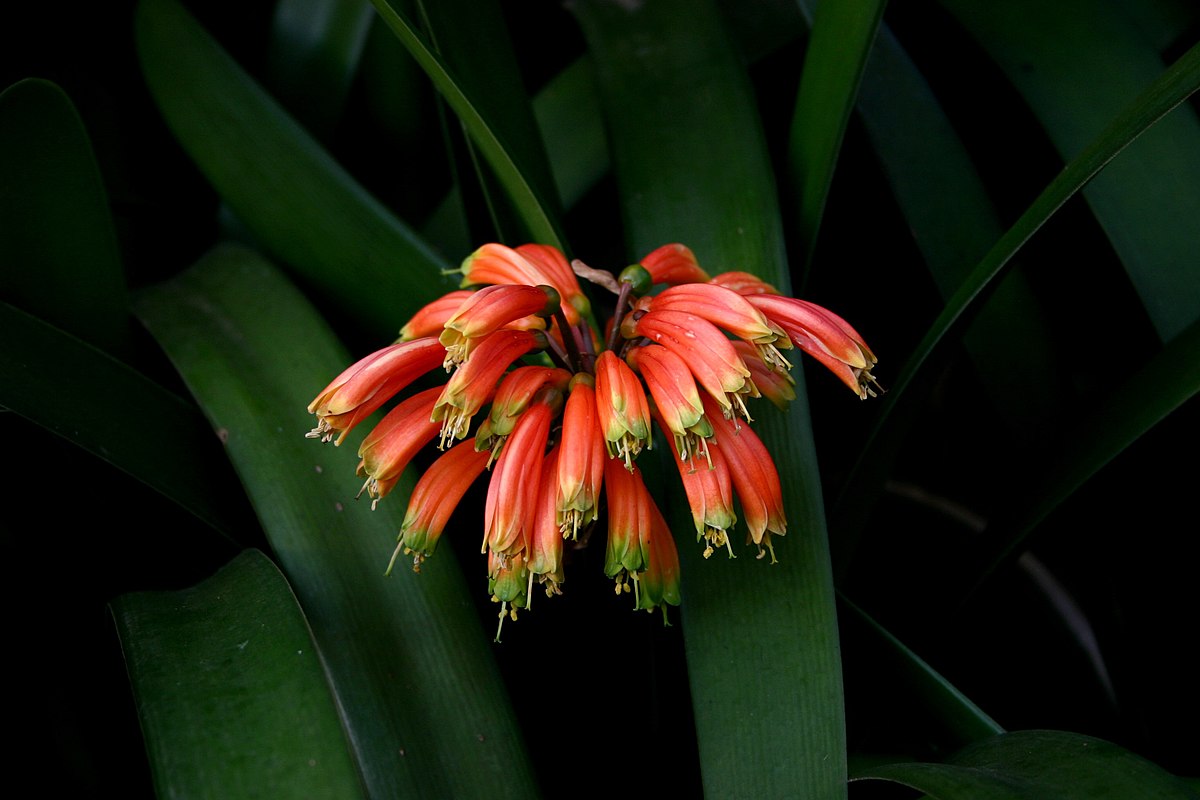Clivias are herbaceous evergreen plants, with green strap-like leaves, indigenous to South Africa. In flower, they are strikingly beautiful, although some collectors also value them for the shape of the leaves.
Flower colours range from orange to yellow and sometimes deep red. Through selective breeding, many different shades of salmon and peach have been achieved. Mzansi Flora can offer bulk quantities of Clivia miniata (orange and yellow varieties) and smaller quantities of seeds from specialist breeders and collectors.







